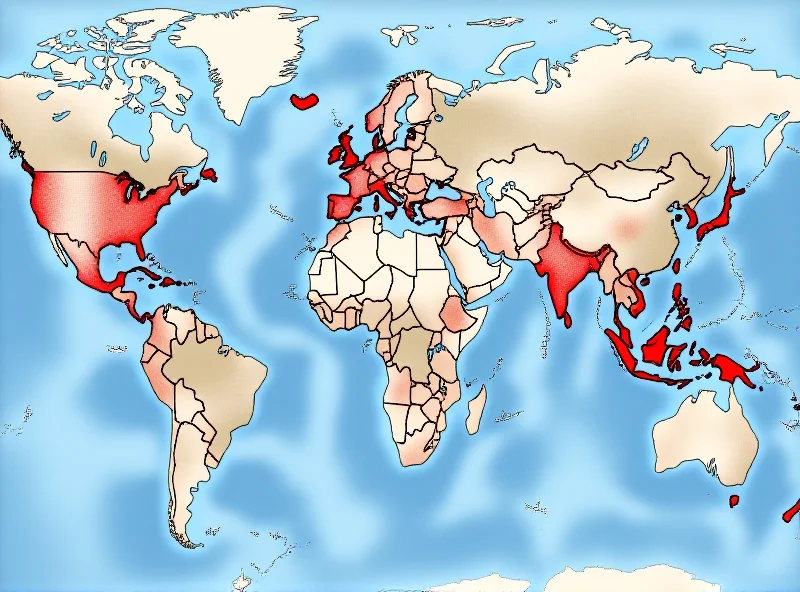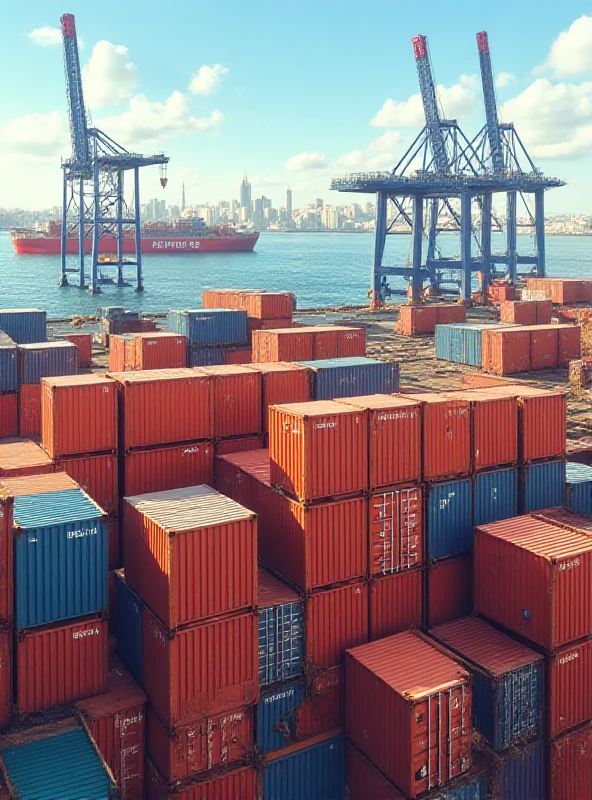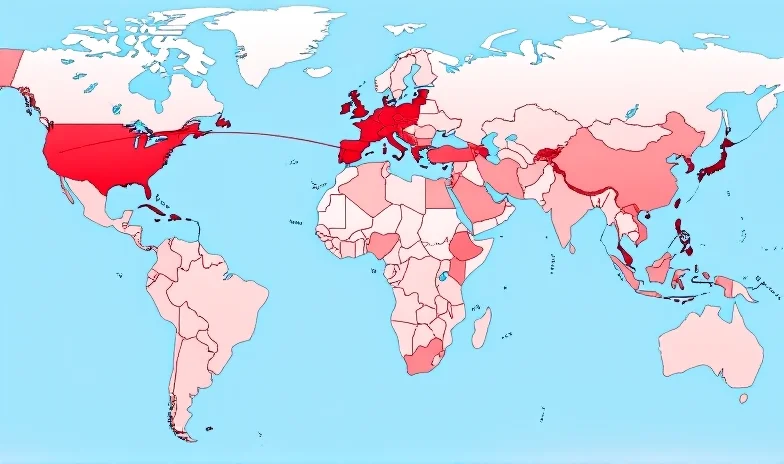Global trade dynamics are shifting as President Donald Trump's administration implements tariffs on key trading partners. These measures, coupled with retaliatory actions from countries like China, are creating uncertainty in global markets and raising concerns about potential economic instability.
US Tariffs on Canada and Mexico
President Trump's long-threatened tariffs against Canada and Mexico have officially gone into effect. This move has sent ripples through global markets, putting businesses on edge and setting the stage for potentially costly retaliatory measures.  The implications of these tariffs are far-reaching, impacting various sectors and potentially leading to higher prices for consumers.
The implications of these tariffs are far-reaching, impacting various sectors and potentially leading to higher prices for consumers.
The initial response from Canada and Mexico has been one of disappointment and a commitment to defend their own economic interests. Experts predict a prolonged period of negotiation and potential trade disputes as these countries seek to mitigate the negative effects of the tariffs.
China's Retaliatory Measures
Adding to the complexity of the situation, China has taken aim at US farm exports. This action is widely seen as a direct response to the US tariffs and a signal that China is prepared to engage in a tit-for-tat trade war. The impact on US farmers could be significant, as China is a major market for agricultural products.
“This is a concerning development for the agricultural sector,” says agricultural economist Dr. Emily Carter. “Farmers are already facing challenging conditions, and these tariffs could further exacerbate their difficulties.”
Doubling Down on China
In a separate move, President Trump has doubled tariffs on Chinese imports, raising the rate from 10% to 20%. He justified this decision by citing China's alleged failure to limit the flow of the opioid fentanyl into the United States.  This escalation underscores the ongoing trade tensions between the two economic superpowers and raises questions about the future of their relationship.
This escalation underscores the ongoing trade tensions between the two economic superpowers and raises questions about the future of their relationship.
The increased tariffs are likely to impact a wide range of Chinese goods, potentially leading to higher prices for American consumers and disruptions in supply chains. China has condemned the move and vowed to take further retaliatory measures, setting the stage for a protracted trade conflict.
The Broader Implications
The current trade tensions extend beyond the US, Canada, Mexico and China. As Vincent Trémolet de Villers noted, these shifts force a return to fundamental realities. Only strong nations can collectively build independence. 
The actions of the Trump administration and the responses from other countries are reshaping the global trade landscape. The long-term consequences of these developments remain to be seen, but it is clear that the world is entering a new era of trade uncertainty.
